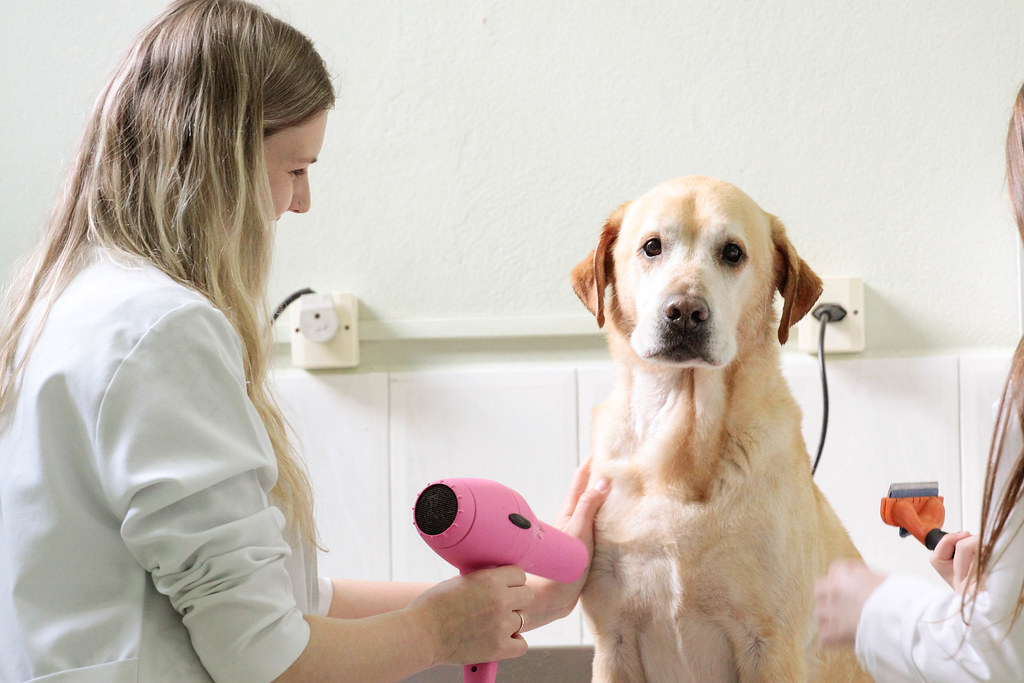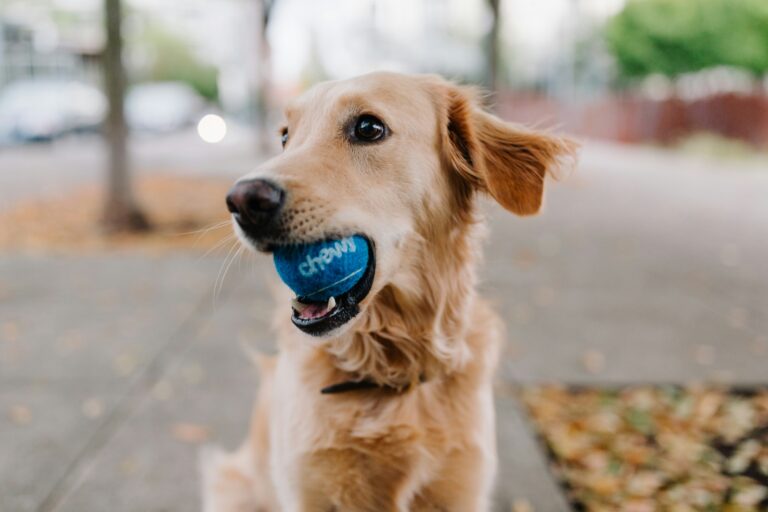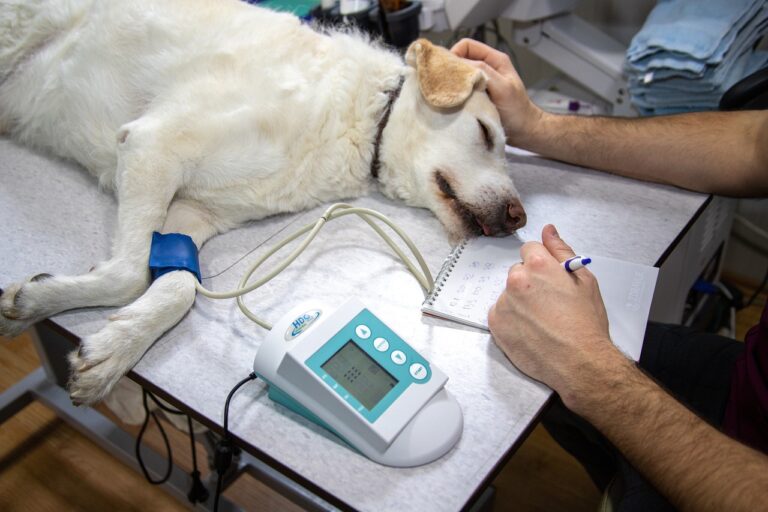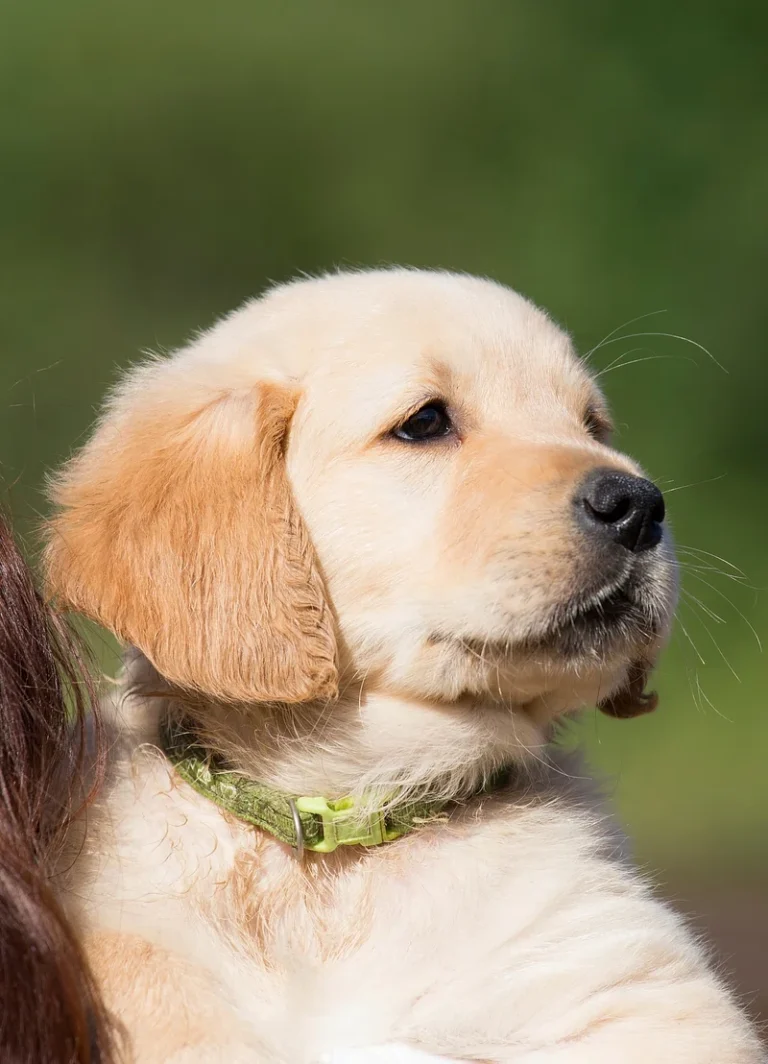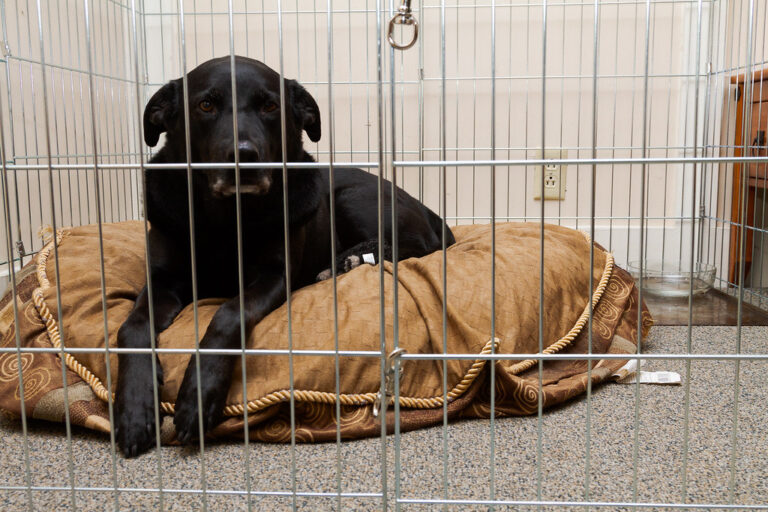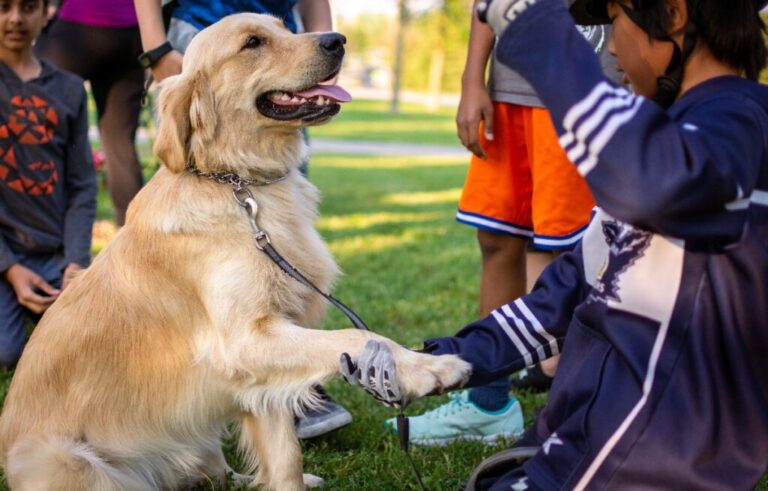Unlocking the Secrets: Step-by-Step Guide on How to Groom Your Labrador Retriever
Grooming Your Labrador Retriever
Taking care of your Labrador Retriever’s grooming needs is an important part of responsible pet ownership. Regular grooming not only keeps your Labrador looking their best, but it also contributes to their overall health and well-being. Let’s explore the importance of regular grooming and the characteristics of the Labrador Retriever coat.
Importance of Regular Grooming
Regular grooming is crucial for maintaining the health and appearance of your Labrador Retriever. This breed has a dense, water-resistant coat that requires proper care to keep it in top condition (American Kennel Club). By incorporating grooming into your Labrador’s routine, you can prevent matting, reduce shedding, and identify any potential skin issues early on.
Grooming sessions also provide an opportunity for bonding with your Labrador. It allows you to establish a routine and build trust, making the grooming process more enjoyable for both of you. Additionally, regular grooming sessions offer an opportunity to check your Labrador for any abnormalities, such as lumps, bumps, or parasites, which can be addressed promptly.
The Labrador Retriever Coat
Labrador Retrievers have a double coat, consisting of a dense undercoat and a water-resistant topcoat. This coat provides insulation and protection, making them well-suited for various weather conditions and outdoor activities. However, it also means that they shed moderately throughout the year and more heavily during seasonal changes (The Labrador Site).
To keep your Labrador’s coat healthy and reduce shedding, regular brushing is essential. Aim to brush your Labrador’s coat at least once a week using a slicker brush or a bristle brush specifically designed for dogs. This helps to remove loose hair, prevent matting, and distribute natural oils throughout the coat for a shiny and healthy appearance (Pride & Groom).
It’s important to note that Labs have a natural insulation system in their coat, so shaving or trimming their coat is not recommended. This can disrupt their ability to regulate body temperature and protect their skin (Pride & Groom). Instead, focus on regular brushing and maintaining a clean and well-groomed coat.
For a complete grooming routine, it’s also essential to address other areas such as bathing, ear cleaning, nail trimming, and dental care. These aspects of grooming will be covered in the subsequent sections of this guide.
By understanding the importance of regular grooming and the characteristics of the Labrador Retriever coat, you can ensure that your furry companion stays clean, comfortable, and healthy. Incorporate regular grooming sessions into your Labrador’s routine to maintain their coat’s condition, minimize shedding, and provide them with the care they deserve.
Brushing and Coat Care
Proper brushing and coat care are essential for maintaining the health and appearance of your Labrador Retriever. Labradors have a double coat consisting of a dense undercoat and a water-resistant topcoat. Regular brushing helps reduce shedding, keeps their coat healthy and shiny, and prevents matting (Pride & Groom). Let’s explore some brushing techniques and tips for dealing with shedding.
Brushing Techniques for Labradors
To keep your Labrador’s coat in optimal condition, it is recommended to brush their coat at least once a week. This helps remove loose hair, dirt, and debris, while also distributing natural oils for a healthy coat. Here are some brushing techniques to follow:
-
Start with the right brush: Use a slicker brush or a bristle brush suitable for your Labrador’s coat. The slicker brush is effective for removing loose hair and preventing matting, while a bristle brush can help distribute natural oils and give a smooth finish.
-
Brush in the direction of hair growth: Gently brush your Labrador’s coat in the direction of hair growth. This helps remove tangles and prevents discomfort for your furry friend.
-
Pay attention to problem areas: Labrador Retrievers have areas prone to matting, such as behind the ears, under the collar, and around the tail. Take extra care when brushing these areas, using your fingers or a wide-toothed comb to gently detangle any knots.
-
Be gentle and patient: Approach brushing with a gentle touch to avoid causing discomfort or skin irritation. Take your time, especially if your Labrador is not accustomed to regular brushing. Gradually introduce them to the process and provide positive reinforcement to make it a positive experience.
Remember, never shave your Labrador’s coat as it can disrupt their natural insulation and compromise their skin protection (Pride & Groom). Now let’s explore some tips for dealing with shedding.
Dealing with Shedding
Labrador Retrievers are known to shed quite a bit, especially during seasonal changes. To manage shedding and keep your home clean, here are some tips:
-
Regular brushing: Brushing your Labrador’s coat at least once a week helps minimize shedding by removing loose hair and preventing it from spreading around your home. Use a shedding tool or a deshedding brush to effectively remove loose hair from the undercoat.
-
Proper nutrition: A healthy diet rich in essential fatty acids can improve the condition of your Labrador’s coat and reduce excessive shedding. Consult your veterinarian for recommendations on the best diet and nutrition for your Labrador’s overall health.
-
Regular baths: Bathing your Labrador at appropriate intervals helps remove loose hair and keeps their coat clean. Use a dog-friendly shampoo that suits their skin and coat type. Remember to thoroughly dry their coat after bathing to prevent moisture-related skin issues.
-
Consider a professional groomer: If you find it challenging to manage your Labrador’s shedding, you may consider seeking the help of a professional groomer. They can provide specialized grooming techniques and tools to minimize shedding and keep the coat in optimal condition.
By following these brushing techniques and shedding tips, you can help maintain your Labrador Retriever’s coat health, reduce shedding, and keep their fur looking its best. Regular grooming sessions also provide an opportunity to bond with your furry companion and ensure their overall well-being.
Bathing and Ear Cleaning
Proper bathing and ear cleaning are essential aspects of grooming your Labrador Retriever. In this section, we will cover the steps involved in bathing your Labrador and keeping their ears clean and healthy.
Bathing Your Labrador
Bathing your Labrador every 2 to 3 months is usually sufficient, unless they spend a lot of time outdoors or get exceptionally dirty. It’s important to use a dog-specific shampoo and conditioner to keep their coat clean and moisturized. Avoid using human products, as they can be too harsh for your dog’s skin (Pride & Groom). When bathing your Labrador, follow these steps:
-
Preparation: Gather all the necessary bathing supplies, such as dog shampoo, conditioner, towels, and a brush. Place a rubber mat in the bathtub or use a nonslip surface to prevent your Labrador from slipping.
-
Brushing: Before bathing, brush your Labrador’s coat to remove any loose hair and tangles. This helps to prevent matting and ensures an even distribution of shampoo and conditioner.
-
Temperature and Water: Use lukewarm water to make your Labrador comfortable. Avoid using hot water, as it can be uncomfortable for them. Wet their coat thoroughly, starting from the neck and working your way down to the tail.
-
Shampooing: Apply dog shampoo, starting from the neck and working down to the tail. Massage the shampoo gently into their coat, paying attention to areas prone to dirt and odor. Be cautious around the face, ears, and eyes, as these areas are sensitive.
-
Rinsing: Thoroughly rinse your Labrador’s coat to remove all the shampoo. Ensure that no residue remains, as it can cause skin irritation. Rinse from head to tail, lifting the hair to ensure complete rinsing.
-
Conditioning (Optional): If desired, apply a dog conditioner to keep your Labrador’s coat soft and manageable. Follow the instructions on the conditioner for the appropriate amount and leave-in time. Rinse thoroughly after conditioning.
-
Drying: Use towels to gently dry your Labrador’s coat. If they are comfortable with a blow dryer, use a low heat setting to dry their coat completely. Ensure that their coat is dry, especially in the undercoat, to prevent skin issues.
Remember, while regular bathing is important for hygiene, excessive bathing can strip the natural oils from your Labrador’s coat. This can lead to dry skin and other skin problems. If your Labrador gets exceptionally dirty or has rolled in something smelly, you may need to bathe them more frequently (American Kennel Club). For more information on grooming your Labrador, check out our comprehensive Labrador grooming guide.
Ear Cleaning for Labradors
Labradors, especially those with floppy ears, are prone to ear infections. Regular ear cleaning is crucial to prevent such infections and maintain your Labrador’s ear health. Follow these steps to clean your Labrador’s ears:
-
Preparation: Gather a veterinarian-approved ear cleaning solution and cotton balls. Avoid using cotton swabs or inserting anything deep into the ear canal, as it can cause injury.
-
Inspection: Examine your Labrador’s ears for any signs of infection, such as redness, swelling, or a foul odor. If you notice any abnormalities or suspect an infection, consult your veterinarian before attempting to clean their ears.
-
Cleaning: Moisten a cotton ball with the ear cleaning solution and gently wipe the outer area of your Labrador’s ear. Avoid inserting anything into the ear canal, as it may cause damage. Repeat this process with a fresh cotton ball for the other ear.
-
Frequency: The frequency of ear cleaning may vary depending on your Labrador’s individual needs. Some dogs may require more frequent cleaning than others, especially if they are prone to ear infections. Consult your veterinarian for guidance on the appropriate ear cleaning schedule for your Labrador.
Regular ear cleaning, along with routine veterinary care, plays a vital role in keeping your Labrador’s ears healthy. By following these steps and being attentive to any signs of infection, you can help prevent ear issues and ensure your Labrador’s overall well-being.
In the next section, we will discuss nail trimming and dental care for Labradors, which are essential aspects of their grooming routine.
Nail Trimming and Dental Care
Taking care of your Labrador Retriever’s nails and dental health is an essential part of their overall grooming routine. Regular nail trimming and proper dental care are key to ensuring their well-being and preventing potential discomfort or health issues.
Nail Trimming Tips
Trimming your Labrador’s nails every 4 to 6 weeks is necessary to prevent overgrowth, splitting, and discomfort. Here are some tips to help you with the process:
-
Use proper dog nail clippers: Invest in a pair of high-quality dog nail clippers that are suitable for your Labrador’s size. Choose clippers specifically designed for dogs to ensure safe and effective trimming.
-
Be cautious of the quick: The quick is the sensitive part of the nail that contains blood vessels and nerves. Avoid cutting too close to the quick, as it can cause bleeding and pain for your dog. If your Labrador has dark nails and you are unsure of the quick’s location, it’s best to trim small amounts gradually.
-
Take it slow: If your Labrador is not used to nail trimming, introduce the process gradually. Start by getting your dog comfortable with the clippers and gently handling their paws. Reward them with treats and praise for positive behavior.
-
Trim in well-lit areas: Ensure that you have good lighting to clearly see your dog’s nails and the location of the quick. Adequate lighting helps prevent accidental injuries during the trimming process.
-
Stay calm and confident: Dogs can sense your energy, so it’s important to approach nail trimming with a calm and confident demeanor. If you are nervous or anxious, your Labrador may become anxious as well. Take breaks if needed and seek professional help if you are uncomfortable trimming their nails yourself.
For more detailed guidance on nail trimming, consult your veterinarian or a professional dog groomer. Remember, regular and proper nail trimming helps maintain your Labrador’s comfort and prevents any potential issues.
Dental Care for Labradors
Proper dental care is crucial for your Labrador’s overall health. Neglecting dental hygiene can lead to dental diseases, bad breath, and other health issues. Here are some tips to ensure good dental care for your Labrador:
-
Regular brushing: Brush your Labrador’s teeth regularly using a dog-specific toothbrush and toothpaste. Start by introducing your dog to the taste of the toothpaste and gradually incorporate toothbrushing into their routine. Brushing helps remove plaque and tartar buildup, preventing dental diseases.
-
Provide dental chews: Dental chews and toys designed to promote dental health can help reduce plaque and tartar buildup. Look for products specifically recommended for dental care and ensure they are appropriate for your Labrador’s size and chewing habits.
-
Schedule professional cleanings: Regular professional dental cleanings by a veterinarian are an important part of your Labrador’s dental care. These cleanings involve a thorough examination, scaling, and polishing to address any underlying dental issues and keep their teeth and gums healthy.
-
Check for signs of dental problems: Regularly inspect your Labrador’s teeth and gums for any signs of dental issues such as redness, swelling, bleeding, or bad odor. If you notice anything unusual, consult your veterinarian promptly.
Remember, maintaining good dental hygiene for your Labrador Retriever helps prevent dental diseases, promotes overall health, and ensures a fresh breath. Your veterinarian can provide additional guidance on dental care specific to your Labrador’s needs.
By following these nail trimming tips and prioritizing dental care, you can keep your Labrador’s nails at an appropriate length and maintain their oral health, contributing to their overall well-being.
